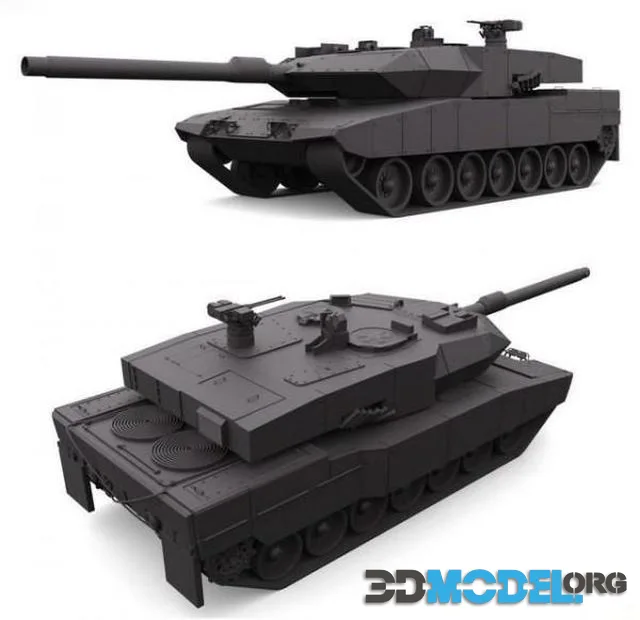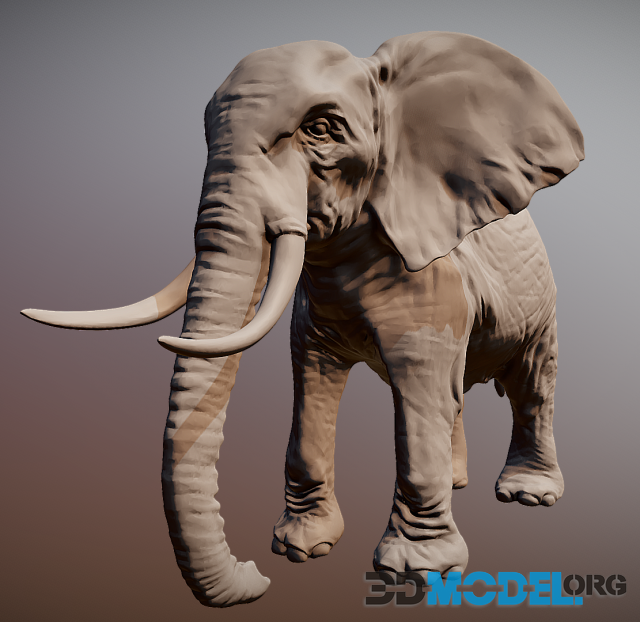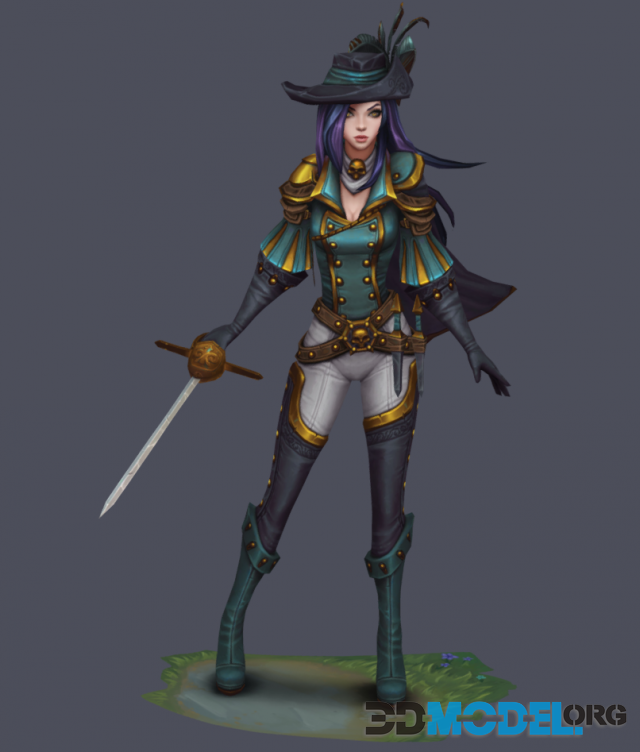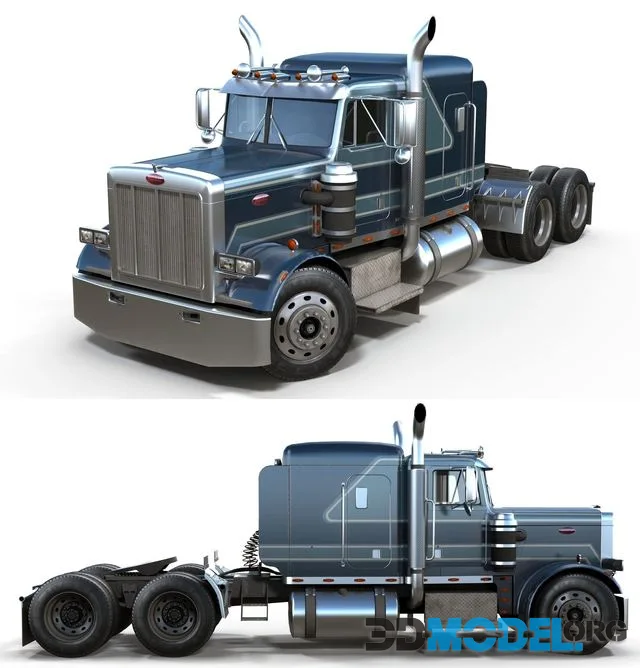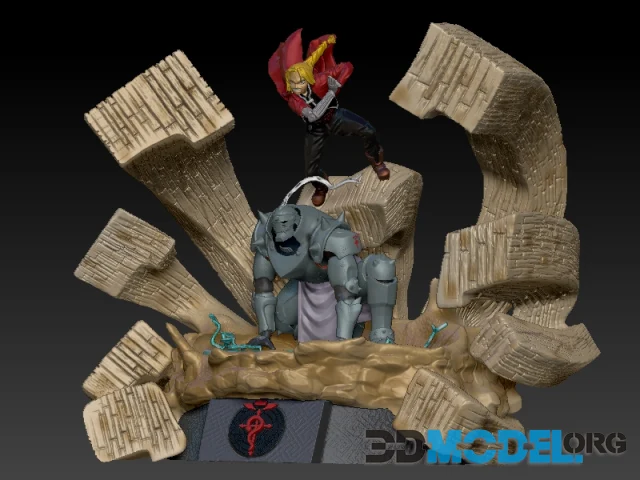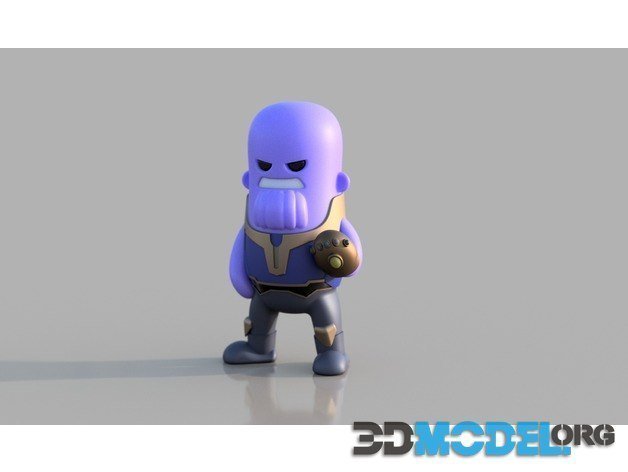WW2 German Transceiver
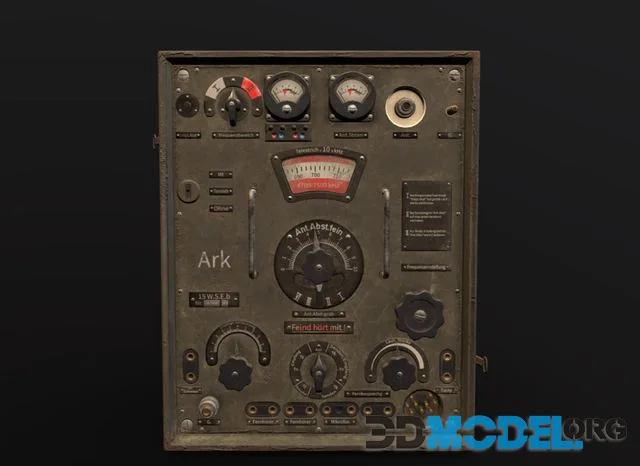
The WWII German transceiver, often used by military forces for communication during the war, is a rugged and compact piece of equipment, designed for field use. It features a sturdy metal casing, typically made from steel or aluminum, which protects the internal components from harsh environments and physical damage. The casing often has a dark, matte finish to reduce visibility and glare in combat situations.
The front panel of the transceiver is populated with several control knobs, dials, and switches for tuning frequencies, adjusting volume, and managing signal strength. These controls are generally laid out in an intuitive manner to allow quick adjustments by the operator, even under stressful conditions. Some transceivers also include a small frequency display or a tuning meter for precise adjustments. The panel may have labels in German, indicating the functions of each control.
Attached to the side of the transceiver is usually a removable or collapsible antenna, allowing the unit to transmit and receive signals over varying distances. The antenna is durable and designed for portability, often folding or retracting for ease of transport. There may also be connectors for external power sources or additional antennas, depending on the model.
The transceiver is typically powered by a portable battery or a hand-cranked generator, ensuring that it remains operational even in remote areas without access to electrical infrastructure. The device could be carried in a backpack or mounted on a vehicle, making it versatile for different military applications.
The low-poly 3D model of the WWII German transceiver captures the utilitarian design and historical details of this military communication device. Optimized for use in digital projects such as video games, simulations, and historical visualizations, this model strikes a balance between detail and performance. The transceiver’s distinct shape, control layout, and rugged construction are faithfully represented in this low-poly form.
The 3D model includes PBR (Physically Based Rendering) textures, enhancing realism by simulating the interaction of light with the metal casing, control knobs, and other surfaces. These textures, provided in an archive, feature maps for diffuse color, normal detail, and specular highlights, ensuring the model looks authentic under various lighting conditions. This combination of low-poly design and high-quality textures makes the 3D model an excellent asset for historical or military-themed digital projects.
File type: Max, Obj, Fbx
Ctrl
Enter
Noticed a misTake
Highlight text and press Ctrl+EnterRelated news:
Comments (0)

